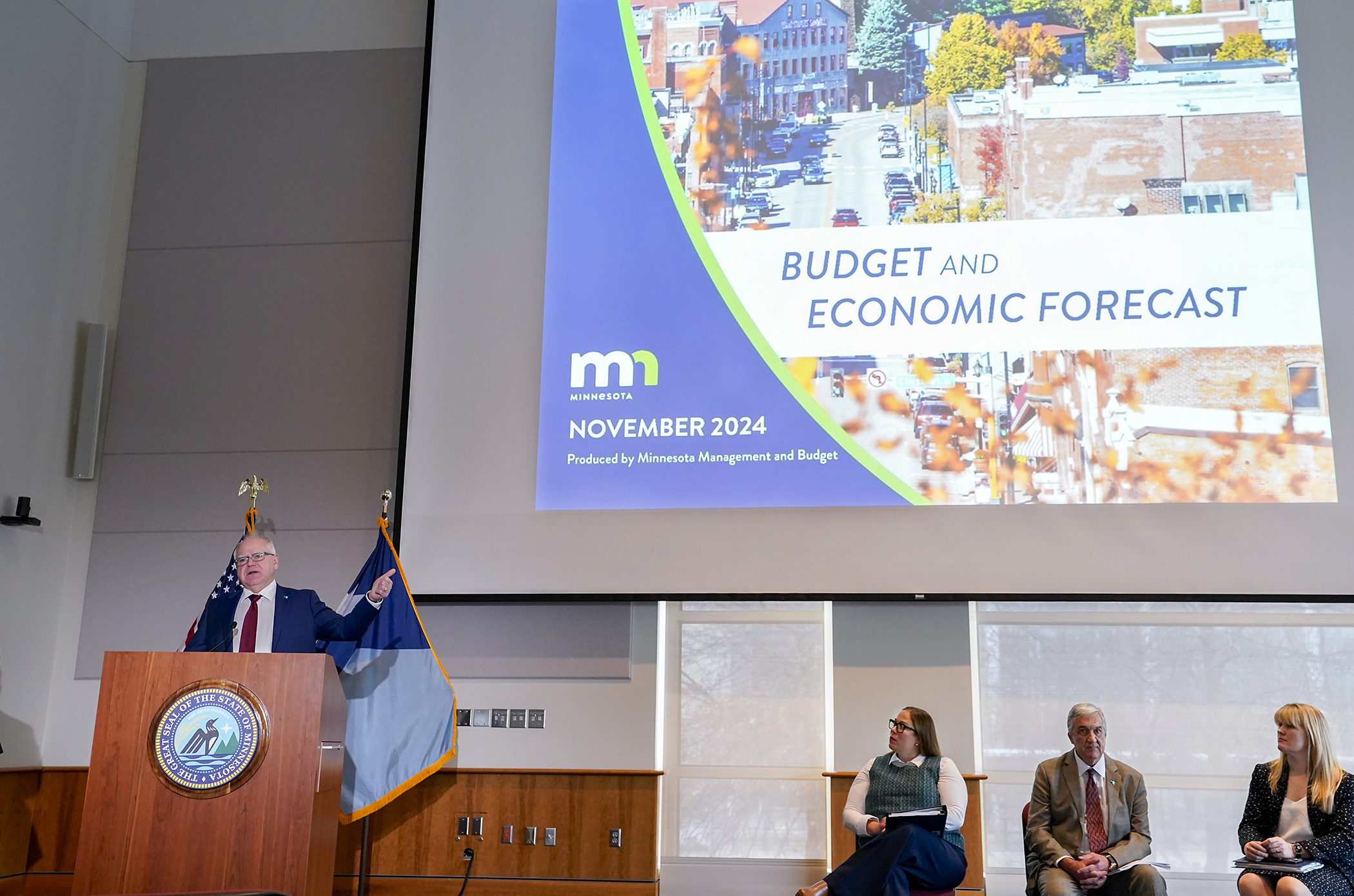Could more of Minnesota’s city councils be elected by wards?
Furthering local control is a key component to a potential change in how residents elect their city leaders.
Sponsored by Rep. Emma Greenman (DFL-Mpls), HF4904 would permit a statutory city to change election of at-large city council members to ward based via an ordinance submitted to voters, or if at least 15% of voters at the last city election petition to put it on the ballot. Currently, only charter cities can vote via wards.
It piggybacks off, and aims for consistency in, the “Minnesota Voting Rights Act” Greenman sponsors that aims to ensure no one is denied an equal opportunity to vote or elect candidates of their choice.
As amended, the bill was held over Thursday by the House State and Local Government Finance and Policy Committee.
“To give it back to local control is always in my favor,” said Rep. Jim Joy (R-Hawley).
Added Rep. Mike Freiberg (DFL-Golden Valley): “Even setting aside the issue with the Voting Rights Act, I think this is a good policy change that can bring elections closer and more localized to the people who know the issues the most.”
According to the secretary of state’s office, “Minnesota’s two basic types of cities are home-rule charter cities, which operate under a local charter, and statutory cities, which operate under the statutory city code. The distinction between home-rule cities and statutory cities is one of organization and powers and is not based on differences in population, size, location, or any other physical feature.”
Alex Hassel, intergovernmental relations representative with the League of Minnesota Cities, said most cities are of a statutory variety and have at-large city councils. “There are 107 charter cities in Minnesota, 76 of which are ward-based city councils.”
Supporters note a ward-based system could increase participation from communities that can have little say in an at-large system. “You could be in a minority population or community that has 40% of the votes but can never elect a candidate of their choice because they’re elected at large,” Greenman said. “ … Moving to ward elections means that you have five wards, that gives a smaller set of communities the ability to elect someone as opposed to requiring the entire city to all vote for this elected person.”
Rep. Jon Koznick (R-Lakeville) said it’s “wrong” to assume all minorities vote one way.
“We do not have myopic voting; we have different opinions, and we also live in a variety of different areas. I get it that in some cities it may be more concentrated.”
Related Articles
Search Session Daily
Advanced Search OptionsPriority Dailies
Ways and Means Committee OKs House budget resolution
By Mike Cook Total net General Fund expenditures in the 2026-27 biennium will not exceed a hair less than $66.62 billion.
That is the budget resolution approved Tuesday by the House Ways...
Total net General Fund expenditures in the 2026-27 biennium will not exceed a hair less than $66.62 billion.
That is the budget resolution approved Tuesday by the House Ways...
Minnesota's budget outlook worsens in both near, long term
By Rob Hubbard It looks as if those calling for less state spending could get their wish, judging from Thursday’s release of the February 2025 Budget and Economic Forecast.
A state su...
It looks as if those calling for less state spending could get their wish, judging from Thursday’s release of the February 2025 Budget and Economic Forecast.
A state su...